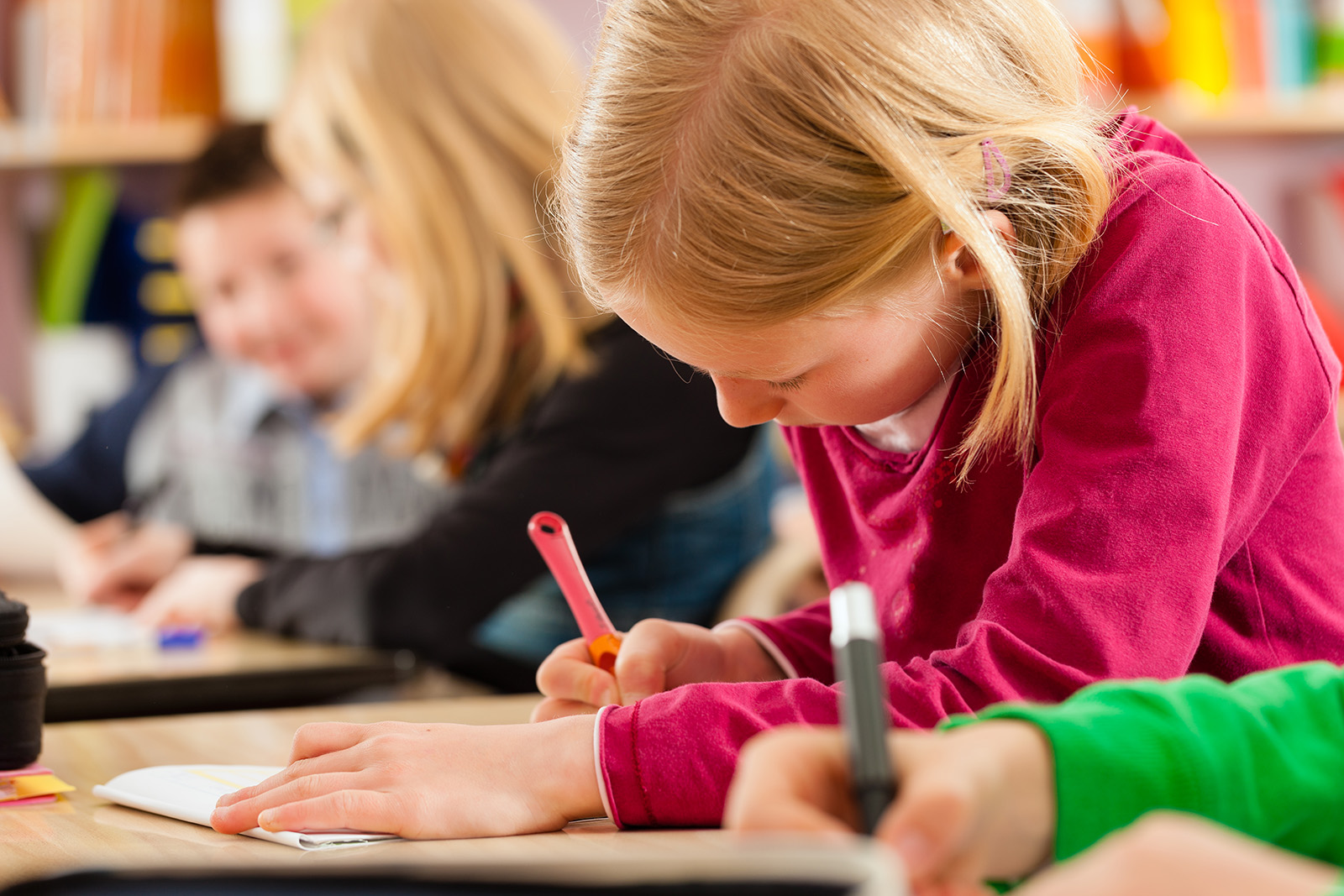I recently spent some time with a 2 year-old and her parents. I was able to be an active participant in the family’s well-established literary practices, and to consider how to build on these in the classroom.
At two, she actively seeks both factual and fictional texts to read and to have read to her. She has memorised much of the text of familiar books, and has well-developed concepts about print. When she reads for herself, looks at the pages from left to right, and finishes with a resounding ‘The end!’ She knows the names of favourite authors – Tove Jansson at the moment. As well, drawing materials are always on hand, there is a lot of word play, nonsense rhymes, singing and general enjoyment of the language, and her parents actively use and encourage a mature vocabulary.
Literary practices are taken seriously as an integral component of this child’s life. As a result, she takes herself seriously as an active participant in these practices. This all contributes to her ‘literate identity’ (Scott, Nagy, & Flinspach 2008 p.195).
Literate identity comes from the literacy practices in every child’s home, community and culture; it is established before the child come to school. Even without the richness of my 2 year-old’s experiences, each child has an image of themselves as a successful language user.
What we do in the classroom builds on and around this for each child. We have to treat all literary practices as an integral component of our students’ lives, so that they can take themselves seriously as active participants.
Reading
Children learn about reading by reading as long as they read, but they can never learn about reading by not reading.
(Frank Smith 1978 p.187)
Our classrooms are filled with opportunities and reasons to read. Print and online resources provide the reading materials. It is up to us to provide the reasons and the opportunities for all students.
Reading for pleasure, reading to find out stuff, reading to answer questions, reading to build a body of knowledge, reading to be shown how writers use words, reading to be challenged, reading to make something or to find out how something works, reading to be moved or entertained or shamed. Speeches, tweets, reports, labels, poems, lists, instructions, websites are all accessible and worth examining. We value the student as a reader by providing the context for such reading.
Reading needs to be an integral component of our students’ school lives as they learn about what reading is – the skills they use, the skills they require, the rewards they receive, the challenges they have. And the magic.
Writing
To reframe Frank Smith’s statement on reading here – Children learn about writing by writing as long as they write, but they can never learn about writing by not writing.
Every student needs to see herself as a writer, and to see writing as an intrinsic part of every day’s classroom learning.
Why do we write? How many reasons do we need? Here’s a few.
- To tell a story
- To show a journey of change
- To describe a place
- To explore deep truths
- To enjoy humour and be playful
- To explore families and childhood
- To process pain and bring healing
- To join in a community of ideas and writing
- To sort out personal ideas or feelings
- To imagine the future
We do not have to be overwhelmed by only teaching our students to produce something that someone else is going to measure them by. Writing is personal, embedded in the real world, practical and reflective.
Again, our classrooms are filled with opportunities and reasons to write – subject content, literature, activities and events.
Students need to have value placed on their expressing themselves, as well as learning the techniques and strategies of academic writing. As with reading, they need to see themselves as being active participants.
Vocabulary
All language learning … is situational and interpersonal. To learn vocabulary, students must have opportunities to read it, hear it, and use it to communicate with others. Context and communicative intent play a central role in vocabulary instruction
Scott, Nagy, & Flinspach 2008 p.195.
We want our students to have mastery in and with the language when they communicate, to have the benefits in speaking, reading and writing that a strong vocabulary is proven to provide. The average school student is capable of learning between 5 and 10 words per day (a total of between 1,000 and 3,000 a year) during primary and high school years (Beck, McKeown, Kucan 2013 p.2), often accomplished without any particular focus on word learning by the teacher. There is much potential for growth in word knowledge when we actively teach and communicate with our students using academic vocabulary.
The reading and writing that we do with our students, the learning about the intricacies of subject content, the refining of skills, the understandings about how learning works, the talk that we undertake in the classroom are all the basis for building the interest in and capacity with words that every child needs and is capable of.
Literacy
Engagement in literary activities, particularly talking and listening with others, is the basis for each child’s literary identity. That’s where we need to focus our teaching.
Literacy is made flesh as it is embodied and enacted with real people and in real contexts, thus producing real outcomes and real contexts in the worlds we live in.
Resources
- ABC’s Behind the News – provides news reports in text supplemented by video
- Newsela – US website that describes itself as ‘an instructional content platform’; news reports with facility to be graded at https://newsela.com/
- Primary English Teaching Association Australia (PETAA) units of work called Literature Singles; includes picture and information books; check Ursula Dubosarsky’s Return of the Word Spy (2018) at http://www.petaa.edu.au/imis_prod/w/Teaching_Resources/Literature_Singles/w/Teaching_Resources/singles/Word-Spy.aspx
- Tove Jansson’s Moomin books at http://tovejansson.com/eng/bibliografia.html
Tove Jansson’s career was much more extensive than her books for children, and can be explored at http://tovejansson.com/
References
- Miller and Schultz, in English in Australia, Vol 49 No 3 2014 p.78
- Scott, J., Nagy, B. & Flinspach, S. (2008). More than merely words: Redefining vocabulary learning in a culturally and linguistically diverse society in A. Farstrup & J. Samuels (Eds.). What Research has to say about Vocabulary Instruction (pp.182-210) Newark, Delaware: International Reading Association at https://vineconsortium.org/wp-content/uploads/2012/More-than-words.PDF Accessed 09/09/2019
- Smith, F. (1978) Understanding Reading: A psycholinguistic analysis of reading and learning to Read 2nd Ed US: Holt, Rinehart and Winston







